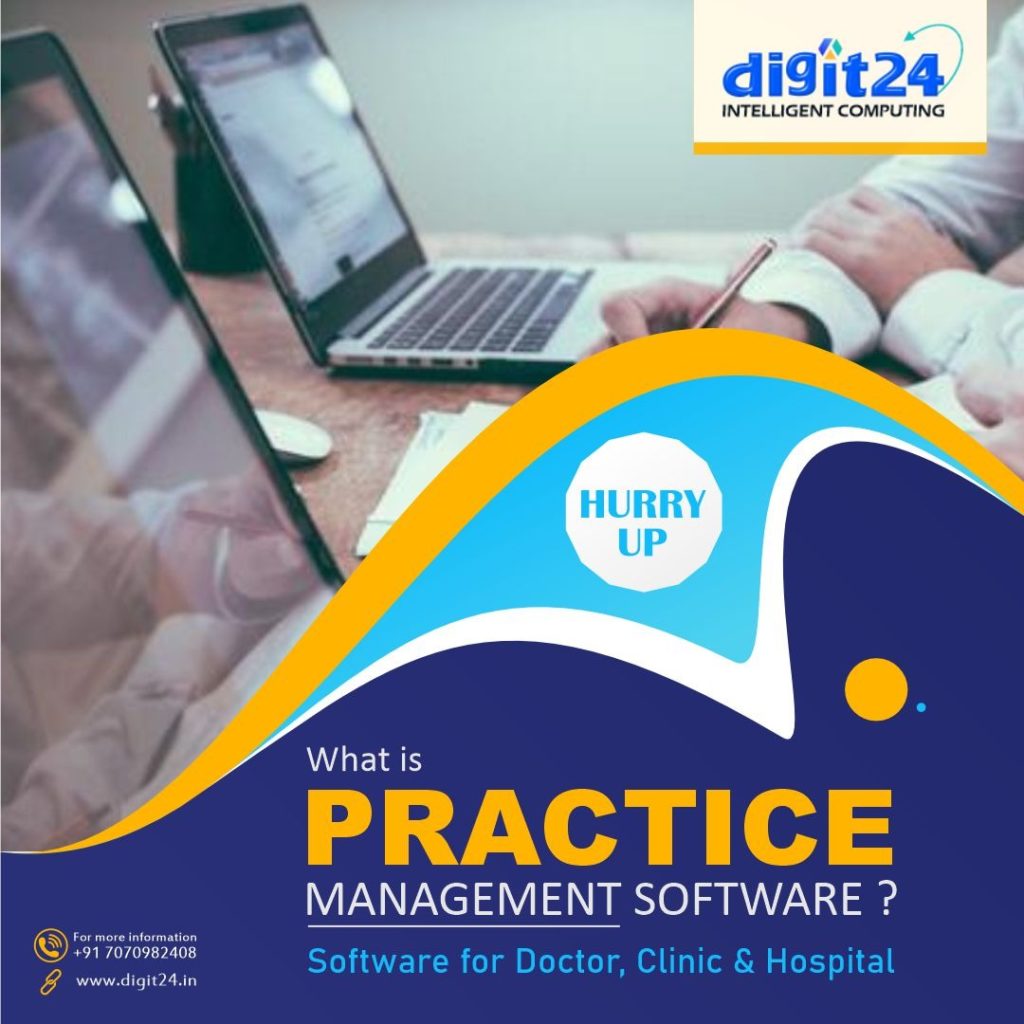Within today's rapidly evolving healthcare landscape, capability to take informed choices is vital for achieving better client results and organizational effectiveness. Practice administration tools has surfaced as a significant instrument that not only simplifies administrative tasks but also utilizes the potential of information analytics. By aggregating information and streamlining routine workflows, healthcare professionals can concentrate more on patient service and less on the burdens of paperwork.
This software allows clinics to analyze client data, track performance metrics, and pinpoint patterns that inform strategic decisions. As the medical field keeps to evolve, leveraging healthcare management software enables organizations to adjust to evolving laws, enhance patient satisfaction, and eventually achieve superior health results. Accepting these tech advancements is now merely an alternative; it is a requirement for clinics aiming to deliver exceptional service in a data-centric environment.
Comprehending PMS

PMS is a vital resource developed to optimize functions inside clinical facilities. It features a range of capabilities that help medical professionals oversee their routine activities efficiently. This software not only manages patient data but also facilitates appointment management, billing, and documentation. By streamlining these operations, clinics can focus more on offering quality care for patients as opposed to getting bogged down in administrative tasks.
One of major benefits of practice management software is increased productivity. By automating regular tasks such as reminders for appointments and billing processes, practices can substantially reduce the amount of time devoted to manual work. This mechanization leads to fewer mistakes and improves the entire system in the clinic. As a consequence, medical staff can optimize their time, allowing them to spend greater focus to clinical responsibilities and medical duties.
Moreover, practice management software provides critical information through data analysis. By studying patient demographics, scheduling patterns, and money management, clinicians can make informed choices that improve clinic operations. This analytics-based approach enables practices to recognize areas for improvement, finally leading to enhanced patient outcomes and greater happiness. Adopting this technology is essential for clinics looking to prosper in an progressively competitive healthcare environment.
Key Benefits of Data-Driven Decisions
Data-driven choices enable healthcare providers to identify insights and trends that significantly boost quality of patient care and operational efficiency. By using software for practice management, healthcare organizations can assess patient data to understand the outcomes of treatment and spot areas for growth. This systematic strategy fosters a climate of constant improvement in quality, which results in enhanced satisfaction among patients and health results.
Another notable advantage of utilizing data is staff optimization. Practice management software permitted health organizations to monitor the productivity of staff, appointment scheduling, and patient flow. This data-driven insight helps organizations assign resources optimally, lowering wait times and preventing burnout among healthcare professionals. As a outcome, organizations can function more efficiently and boost overall patient services.
Additionally, data-informed analyses enable knowledgeable financial decisions. By reviewing billing, revenue management, and demographic data of patients, using practice management software, healthcare providers can take tactical decisions that improve profitability. Grasping financial trends can drive improved pricing tactics and lower wasteful spending. Ultimately, medicloudmed.ch results in a viable business, able to focusing on offering top-notch care to those in need.
Excellent Methods for Deploying
Deploying practice management software requires careful planning and execution to ensure a smooth transition and best use. Start by evaluating the specific needs of your healthcare practice. Involve employees from different departments to gather insights about the functionalities that will benefit their workflows. This collaborative approach helps to identify priorities and enhance the selection process to find software that aligns with your practice goals.
Instruction is crucial for successful implementation. Organize comprehensive training sessions for all staff members who will be using the software. This not only helps them understand the new tools but also encourages adoption across the team. Consider ongoing training opportunities and resources to keep staff updated on features and best practices, as this can lead to more efficient use of the software and enhance overall performance.
Lastly, monitor the implementation closely and gather feedback from users regularly. Establish metrics to evaluate the software’s impact on practice efficiency and patient outcomes. Use this data to make data-driven adjustments as necessary. Engaging in regular enhancement ensures that the practice management software remains a valuable resource, enhancing both patient care and operational effectiveness over time.
